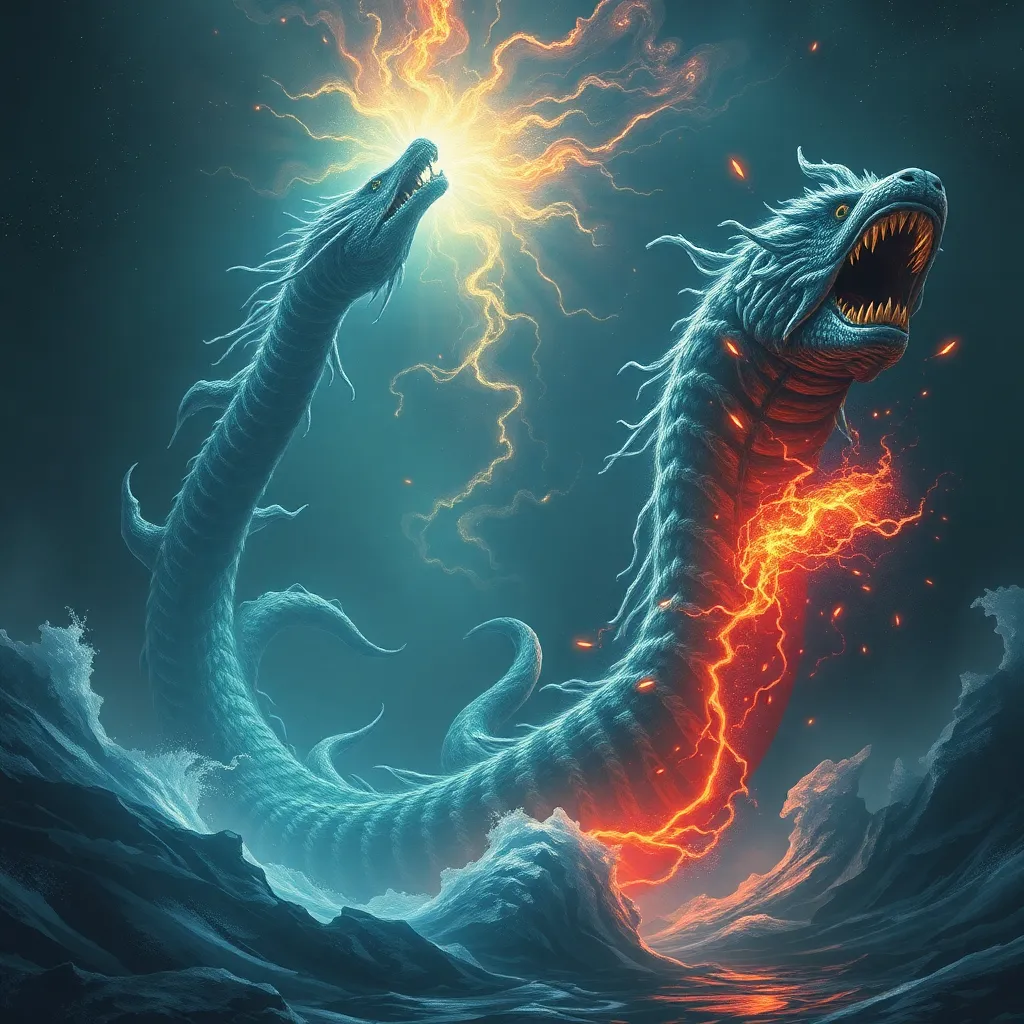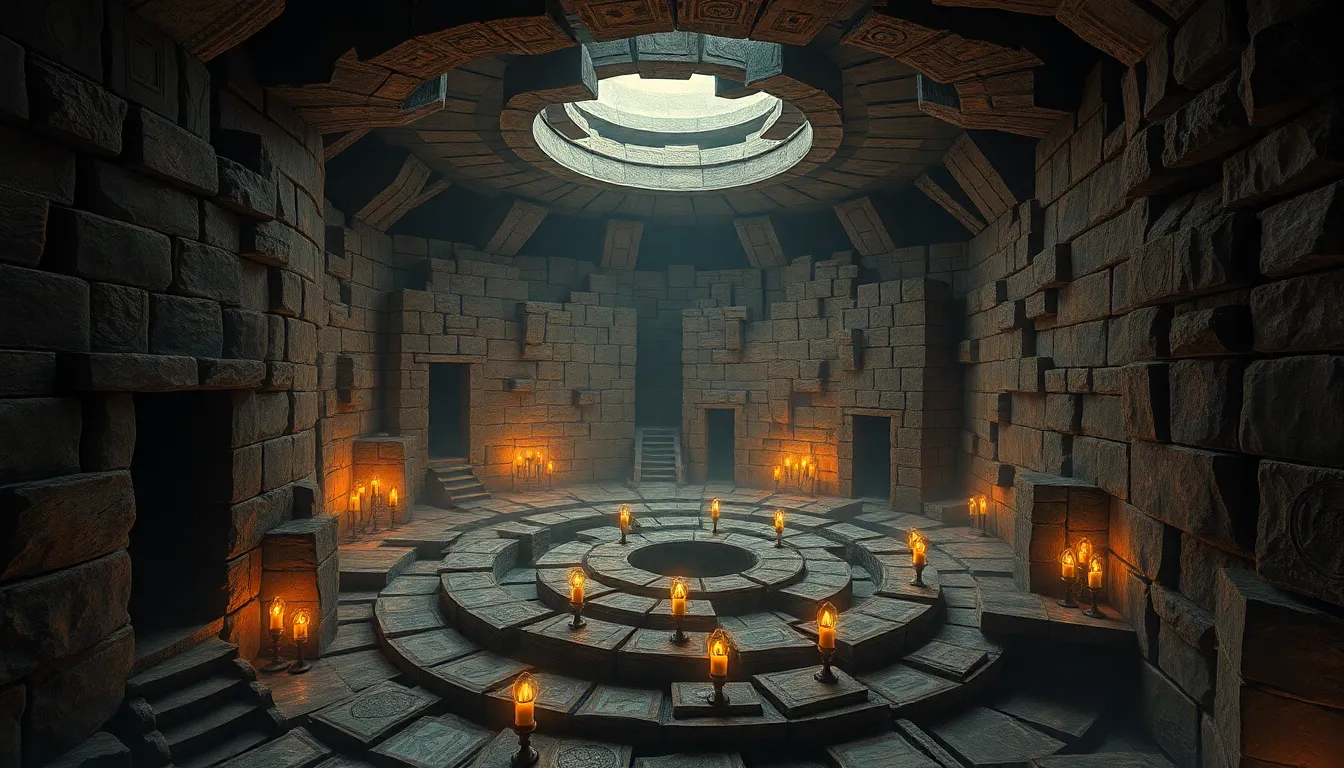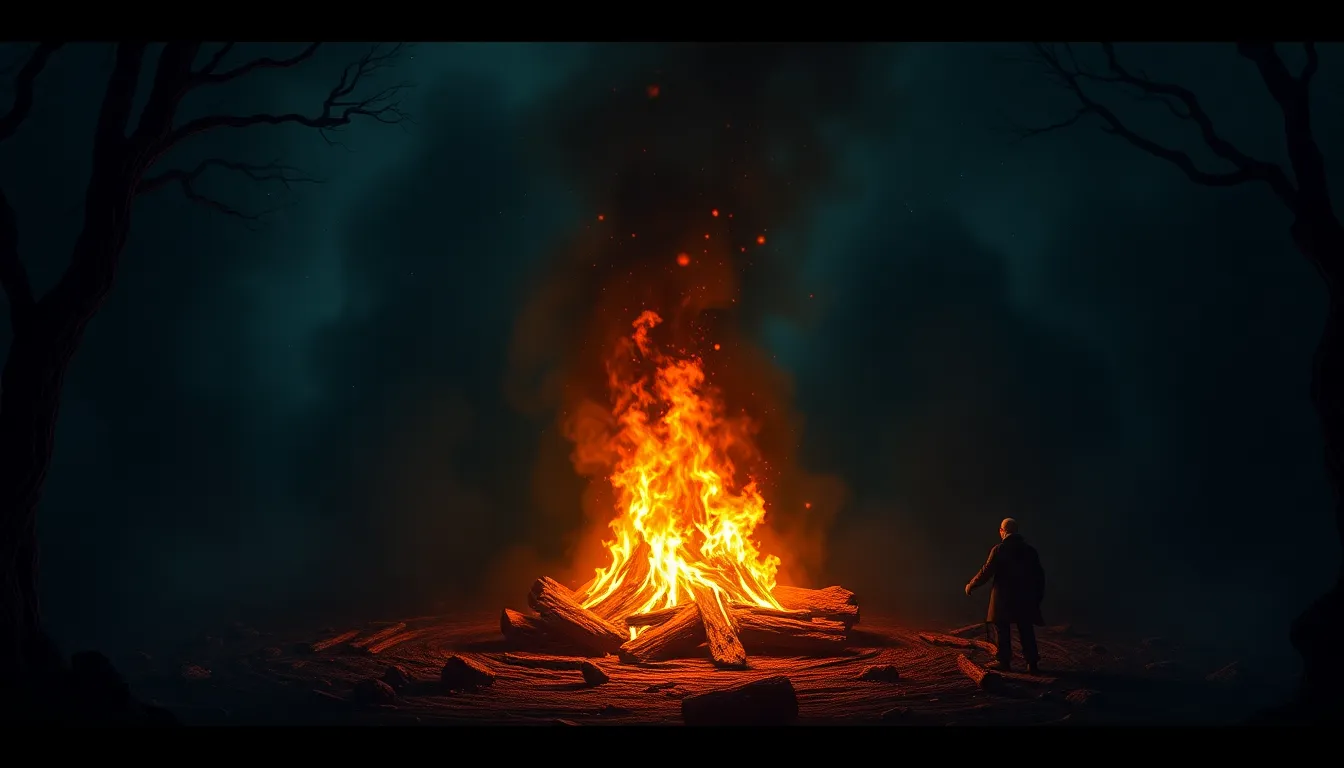Jörmungandr’s Transformation: From Ocean Serpent to Cosmic Threat
I. Introduction
In Norse mythology, Jörmungandr, also known as the Midgard Serpent, is one of the most fascinating and complex figures. Jörmungandr’s narrative intertwines with the themes of chaos, transformation, and the cyclical nature of existence. As a creature born of Loki and the giantess Angerboda, Jörmungandr embodies the duality of creation and destruction, playing a pivotal role in the grand tapestry of Norse myths.
This article aims to explore the evolution of Jörmungandr’s character, from its origins to its significant role during Ragnarök, highlighting how this cosmic serpent transforms from a guardian of Midgard into a harbinger of chaos.
II. Origins of Jörmungandr
The story of Jörmungandr begins with the trickster god Loki and Angerboda, a giantess who plays a crucial role in Norse mythology. Their union produced three monstrous offspring: Jörmungandr, Fenrir the wolf, and Hel, the ruler of the underworld.
Jörmungandr was cast into the ocean that encircled Midgard, the realm of humans, by Odin, the chief of the Aesir gods. This act not only symbolized the isolation of the creature but also its destined role as a guardian of the earthly realm.
In Norse cosmology, the Midgard Serpent represents the boundary between the known world and the unknown. Its immense size—so vast that it could encircle the earth and grasp its own tail—serves as a potent symbol of the interconnectedness of all things, as well as the cyclical nature of life and death.
III. Jörmungandr’s Role in Norse Mythology
Jörmungandr’s interactions with the gods, particularly Thor, highlight the serpent’s significance in Norse mythology. The relationship between Thor and Jörmungandr is characterized by enmity and rivalry, representing the struggle between order and chaos.
One of the most famous myths involving Jörmungandr is the fishing trip with Thor. In this tale, Thor goes fishing with the giant Hymir and uses an ox head as bait to catch the serpent. When Jörmungandr surfaces, a fierce battle ensues, showcasing the immense power of both the serpent and the god.
- Key Myths Involving Jörmungandr:
- The Fishing Trip: Thor’s attempt to catch Jörmungandr.
- The Prophecy: Jörmungandr’s role in Ragnarök.
Throughout these myths, Jörmungandr embodies chaos, challenging Thor’s role as the protector of order. Their encounters illustrate the constant tension between the divine and the monstrous, a theme prevalent in many mythological narratives.
IV. Jörmungandr as a Symbol of Transformation
Jörmungandr’s transformation from a guardian to a cosmic threat is a significant aspect of its character. Initially seen as a protector of Midgard, the serpent’s evolution reflects the dynamic nature of mythology itself. As the narrative unfolds, Jörmungandr is increasingly viewed as a harbinger of doom.
The serpent’s immense size and power symbolize the uncontrollable forces of nature and chaos. This transformation is mirrored in the cultural interpretations of myth, where beings can shift roles based on the changing needs and challenges faced by humanity.
- Significance of Transformation:
- Guardian of Midgard: Initially seen as a protector.
- Cosmic Threat: Ultimately represents chaos and destruction.
V. The Prophecy of Ragnarök
Jörmungandr’s role in the events of Ragnarök, the end of the world in Norse mythology, is crucial. It is prophesied that during this cataclysmic event, Jörmungandr will rise from the ocean, unleashing its wrath upon the gods and the world.
The serpent’s battle with Thor is one of the most significant confrontations in the mythic narrative. This clash represents the ultimate struggle between order (Thor) and chaos (Jörmungandr), culminating in the death of both figures. The implications of their conflict extend beyond their individual fates, symbolizing the cyclical destruction and rebirth of the cosmos.
VI. Artistic Representations and Cultural Impact
Throughout history, Jörmungandr has been depicted in various forms of art and literature, reflecting its significance in Norse mythology and beyond. Ancient texts, such as the Poetic Edda and the Prose Edda, provide vivid descriptions of the serpent and its role in the myths.
In modern media, Jörmungandr has influenced various forms of storytelling, including literature, films, and video games. Its image as a powerful and menacing creature continues to captivate audiences and inspire creators.
- Influence on Popular Culture:
- Literature: References in fantasy novels and modern retellings.
- Art: Depictions in paintings and sculptures.
- Media: Appearances in films and video games.
The lasting legacy of Jörmungandr highlights the enduring nature of mythological figures and their ability to transcend time and culture.
VII. Comparative Mythology
Jörmungandr shares similarities with other mythological serpents across various cultures, indicating a common archetype of the world serpent. In many traditions, serpents are seen as powerful beings that embody both creation and destruction.
- Similar Mythological Serpents:
- The Ouroboros: The serpent eating its own tail, symbolizing eternity.
- Quetzalcoatl: The feathered serpent deity in Mesoamerican cultures.
- Apophis: The serpent representing chaos in ancient Egyptian mythology.
These cross-cultural comparisons provide valuable insights into the shared human experience and the archetypal narratives that shape our understanding of the cosmos and our place within it.
VIII. Conclusion
Jörmungandr’s transformation from a guardian of Midgard to a cosmic threat illustrates the complex nature of mythological narratives. As a symbol of chaos, Jörmungandr embodies the duality of creation and destruction, reflecting the cyclical nature of existence as seen in Norse mythology.
The legacy of Jörmungandr continues to impact modern thought, reminding us of the enduring themes present in mythology. As we reflect on the stories of Jörmungandr, we recognize the profound implications of its duality and the ongoing struggle between order and chaos in our own lives.



